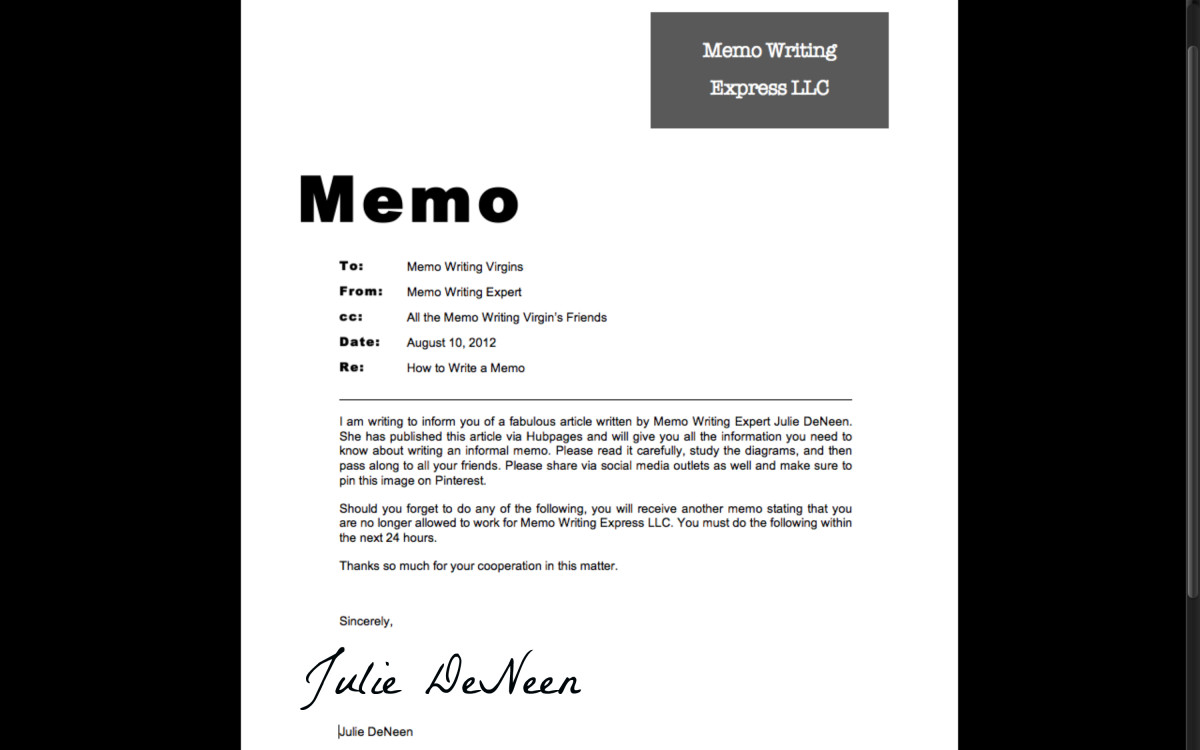The hard side of writing- Managing your flow

Most writers start out with all good intentions of producing top-quality work from the word go. They soon discover that they don't think the same way they write. Flow is an often-abused term. Flow is an individual characteristic, not some sort of special writer' s plumbing. Some people think in their own personal shorthand, some people achieve more by editing themselves than they do by writing directly.
Writers, by definition, are a pretty eclectic breed. Everybody has their own individual characteristics, and most people have very strong preferences regarding what they write and how they write. All of which means that flow has to be tailored to the individual. The problem is that many writers don't even recognise their own thought processes when they put them down in text.
Real writing isn't really a "sport for pedants". You could be forgiven for thinking that writing was some sort of technically-obsessed profession, complete with the approved, right way of doing anything. Productive writing equates to one thing and one thing only: Get the job done. "Writing by committee" is a contradiction in terms.
Writers are very much dependent on their flow. It is quite possible to get stuck on a few words for ridiculous amounts of time. This is particularly the case in commercial writing, or you may or may not have a large number of constraints on what you can actually write. The big mistake is to assume that your flow is naturally going to fit in with the requirements of the job.
Getting your flow going without killing yourself
There are actually a few very simple ways of creating flow and improving productivity without driving yourself nuts in the process:
Bare bones writing – "Bare bones" equates to a very simple list of points. This is arguably the most unglamorous form of writing, but it's also the most reliable. When you can see your points, you can argue with the points and do something with them. When you're looking at text, you may have to argue with every single word in a 1000 page document.
Section writing – Section writing literally means compartmentalising your text. Each specific area of the subject is dealt with one at a time, which ensures you're not being distracted while working on each section. Section writing also helps when you're dealing with a structured document which requires specific inputs and references on each section. (Report writing is a very good example of section writing.)
Personal shorthand – The big advantage of personal shorthand is that you are using references and expressions which make sense to you. This is quick and highly effective when you're trying to sketch out any kind of text. The only real drawback is that your personal shorthand may be totally incomprehensible to anybody else, and may even find its way into the document. I have a friend who is extremely articulate, but unless you actually speak her professional language, you would have absolutely no chance of understanding anything. She is not a professional writer, and is very conscious of tripping over herself while writing. Her solution was to use her personal shorthand and get an interpreter (me) to turn it into working text. The solution was perfect for her, because it allowed her to be much more productive and get a lot more ideas down much more quickly.
These three writing methods have one other thing going for them – They’re trustworthy under all circumstances. Managing your flow is difficult enough without using methodologies which don't make sense and can in fact be obstructive. While writing drafts, the most important thing is to make your text visible so you can work with it.
How you do it is up to you, but do yourself a favour – Use the method which most improves your productivity and simplifies your work. Also use the method which minimises distractions and keep your information and ideas as clear as possible.
There is no One Size Fits All method of managing your flow. Remember that the technicalities of writing are subordinate to the content. Pedantry is pedantry, writing is writing. You can get technical when you have something to get technical with. Until then, do things your way.
Note: Aesop's fables is included in the list of Amazon books as an excellent example of the original storytelling form in which the core story was used by professional storytellers as a base, from which they extrapolated their own presentations. This still is one of the most effective and efficient forms of writing.









